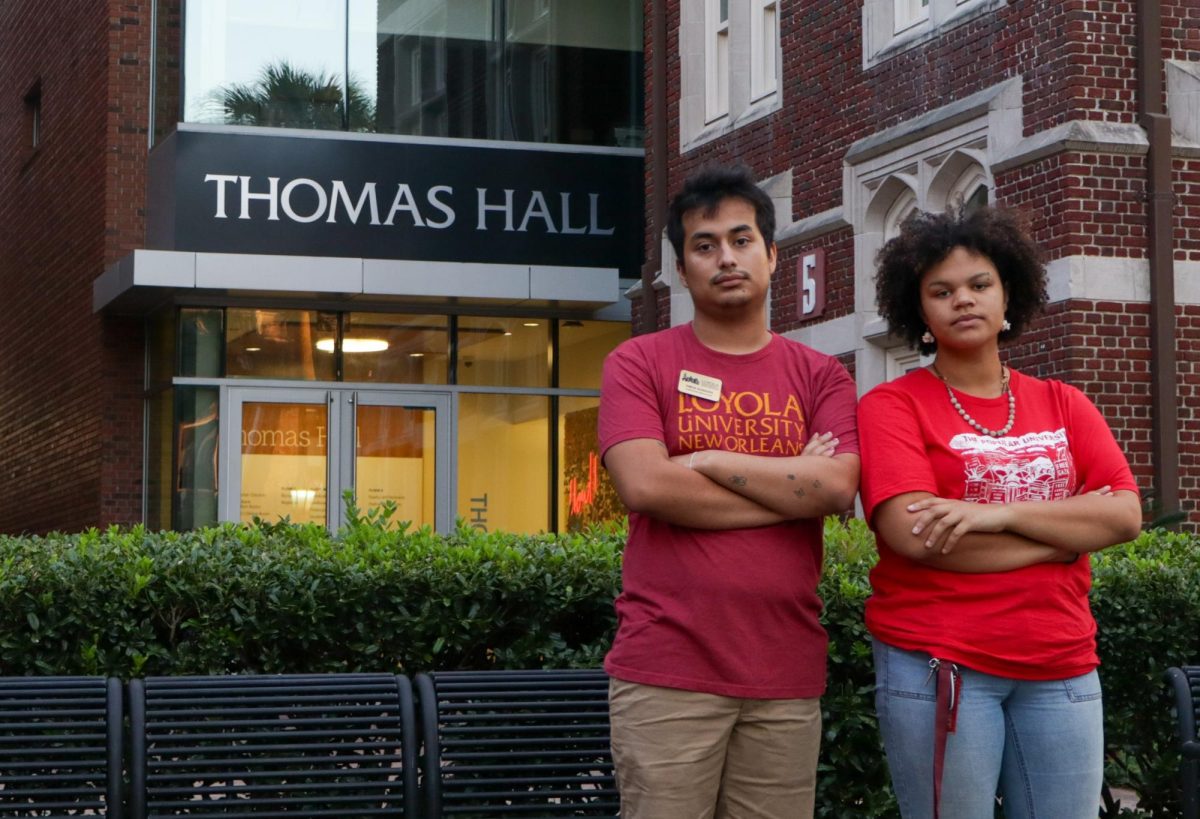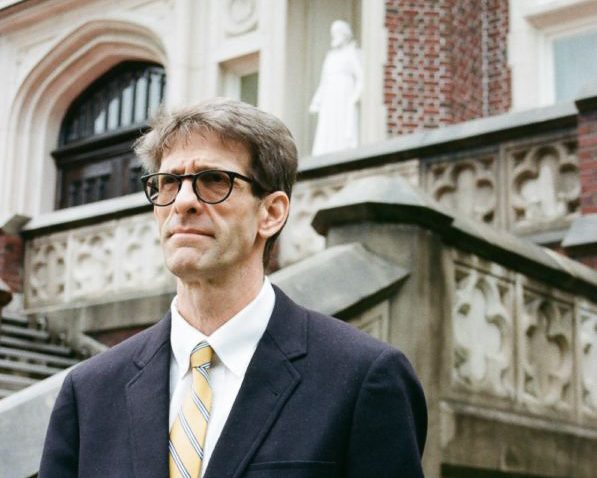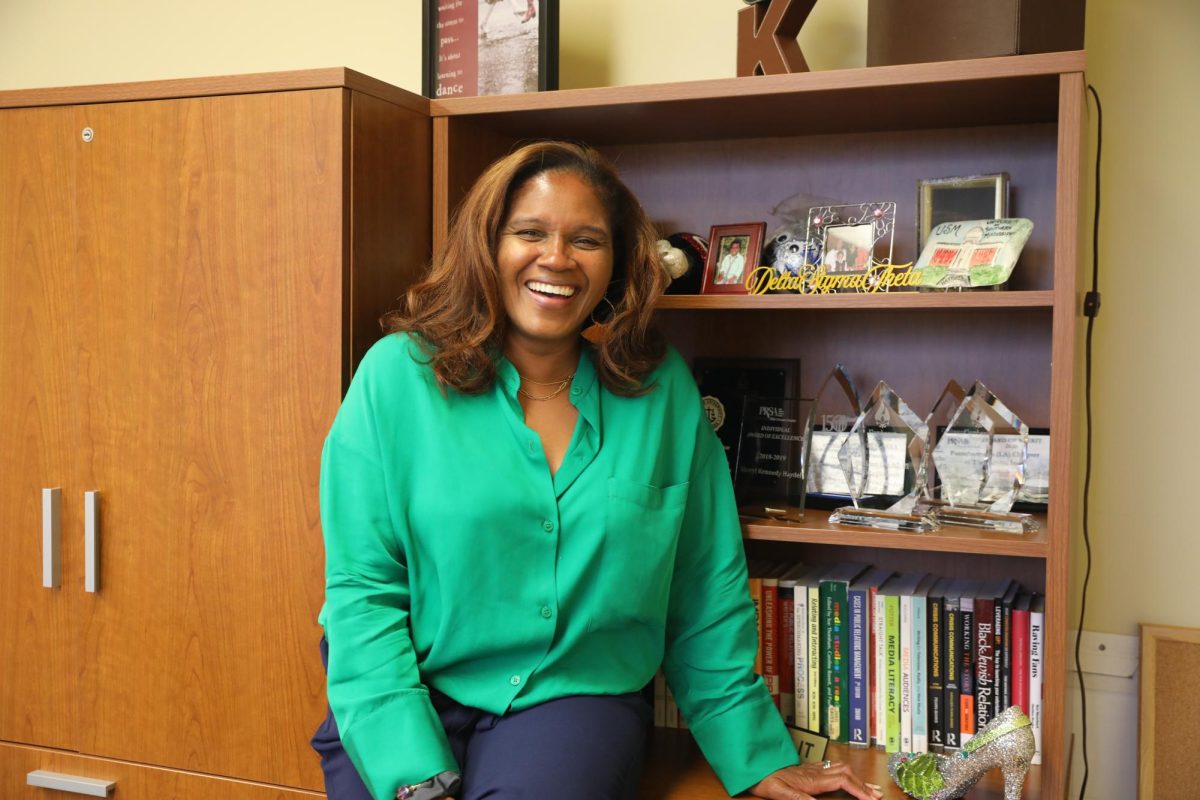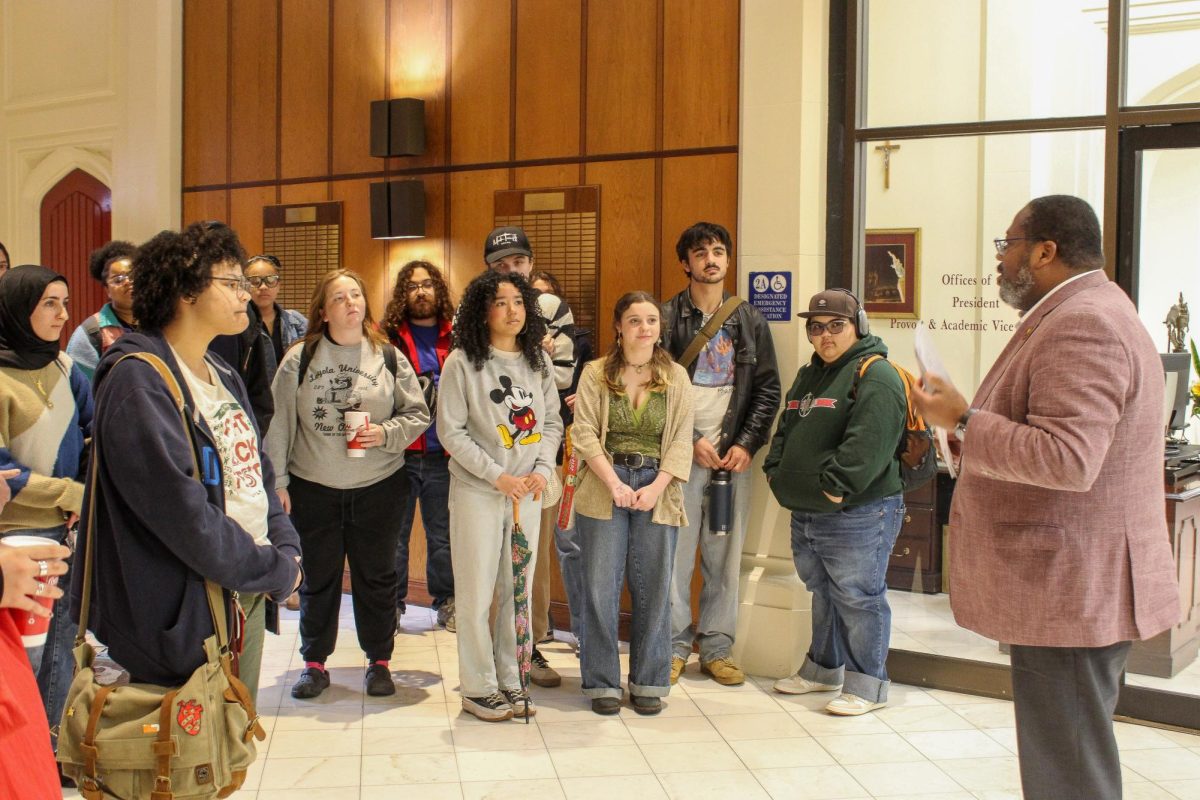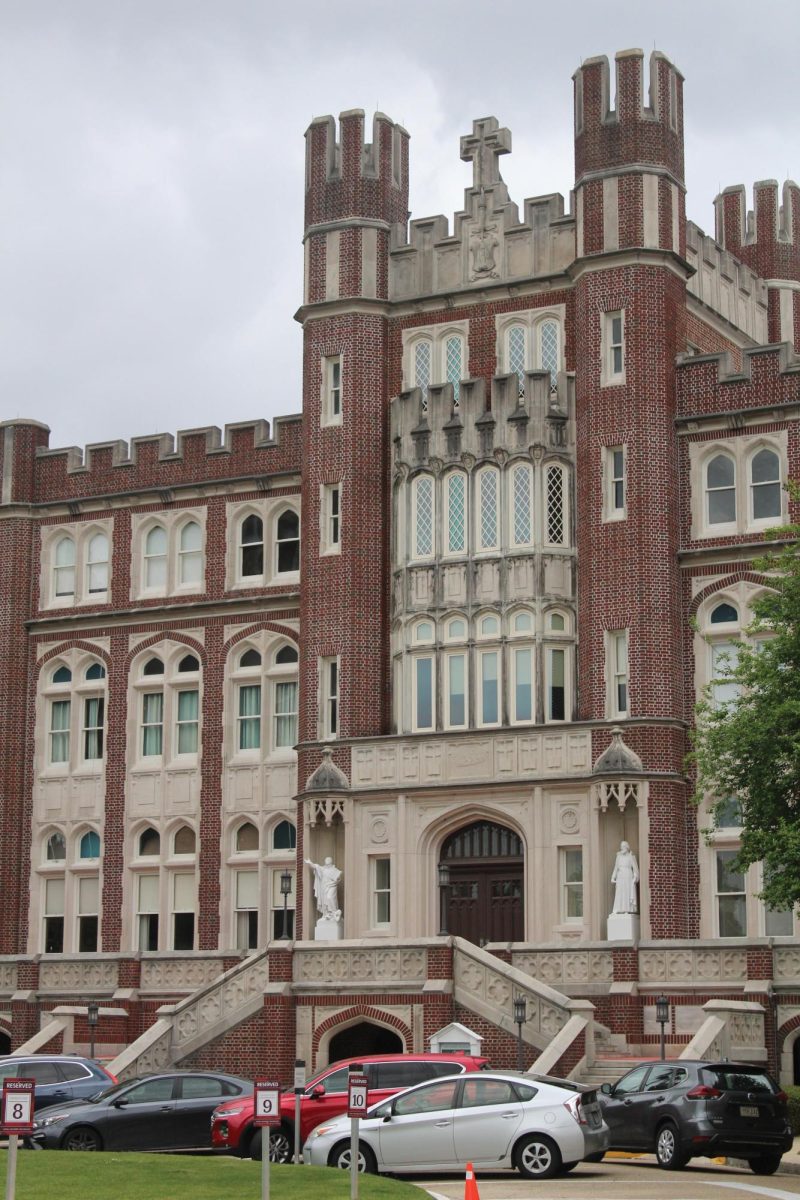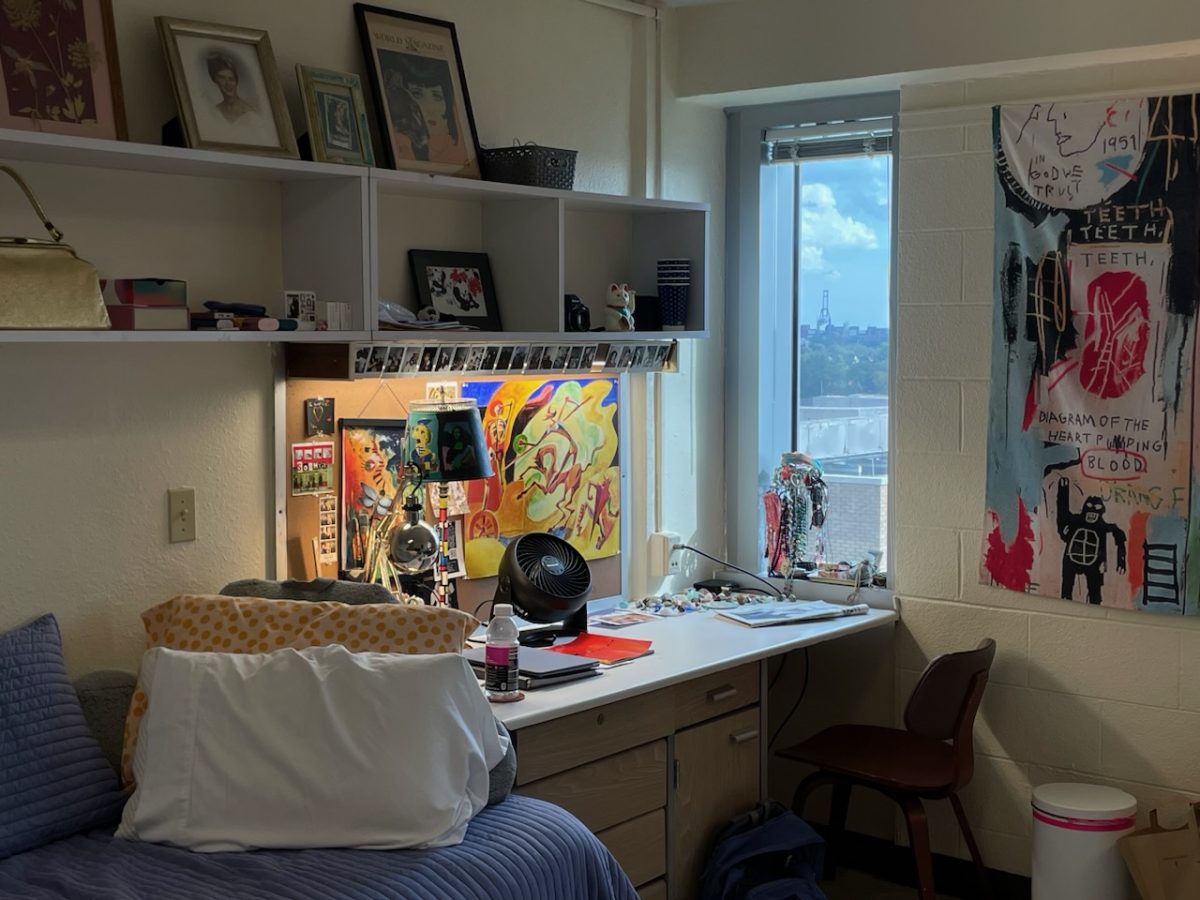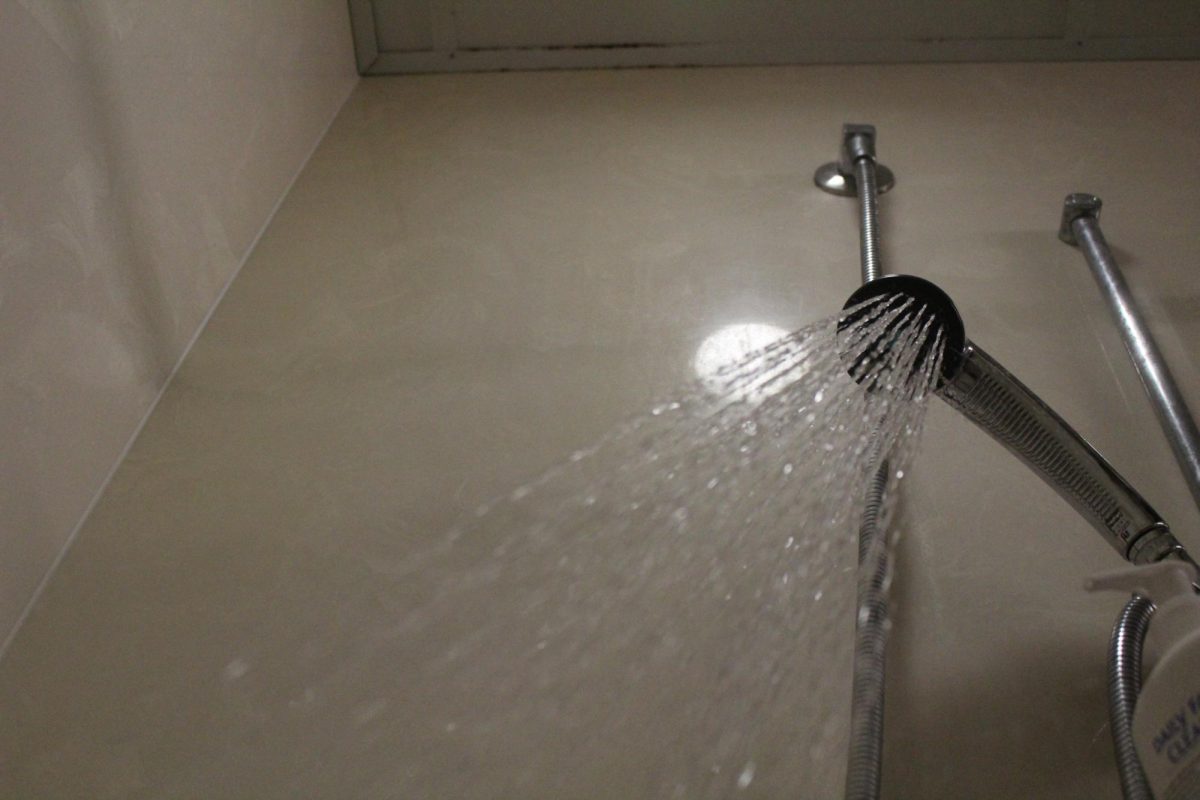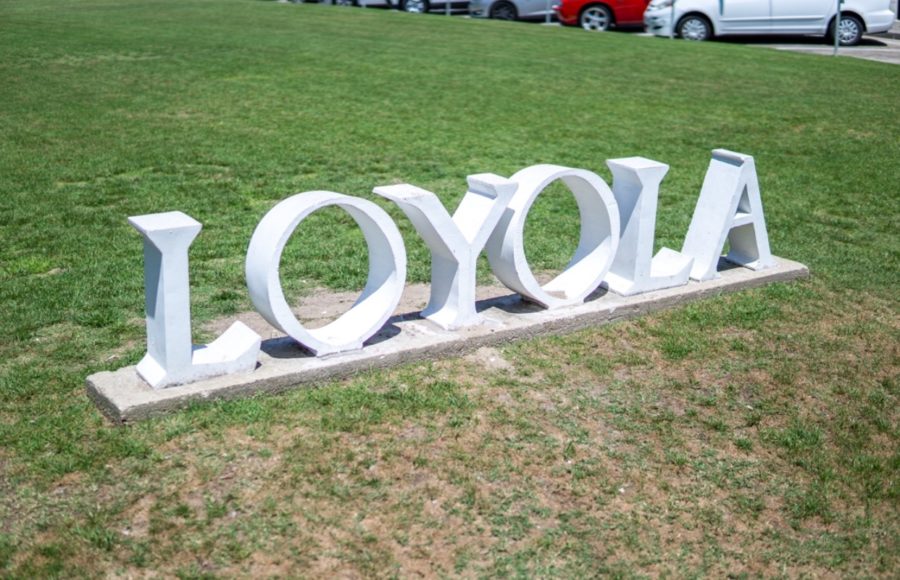Although students were greeted with a maze of construction at the return of the spring semester, many were unaware that the tangle of pipes blocking their way would some day keep them cool as they slept.
The purpose of these projects was to implement a district heating and cooling system in the new residence hall where Mercy Hall used to stand.
According to Carol Markowitz, senior vice president and chief operating officer of Loyola, the installation of district heating and cooling infrastructure is crucial for ensuring optimal temperature control and comfort within the new residence hall. Markowitz explained that this system involves the use of centralized chillers and boilers, housed in a central plant facility next to Bobet Hall. By centralizing these systems, Loyola can achieve greater efficiency and effectiveness in maintaining comfortable indoor environments across its buildings.
Markowitz explained that the construction in front of Bobet Hall was to facilitate a chilled water flow from the main line to the new residence hall. These lines form a loop system, circulating water at a constant temperature to provide heating, cooling, and dehumidification as needed.
While the development of these systems is essential for the university’s growth and modernization, not all members of the Loyola community view the construction endeavors favorably.
Ana Colón, a public relations junior, shared a sentiment with other students about their confusion on the purpose of the new construction.
“I had no idea what the construction in front of Bobet Hall was about,” she said. “There is so much construction around campus that I don’t even know which is which anymore.”
Despite these concerns and confusions, the implementation of district heating and cooling systems represents a forward-thinking approach to infrastructure development, aligning Loyola with sustainable practices and ensuring a comfortable environment for future generations of students.



